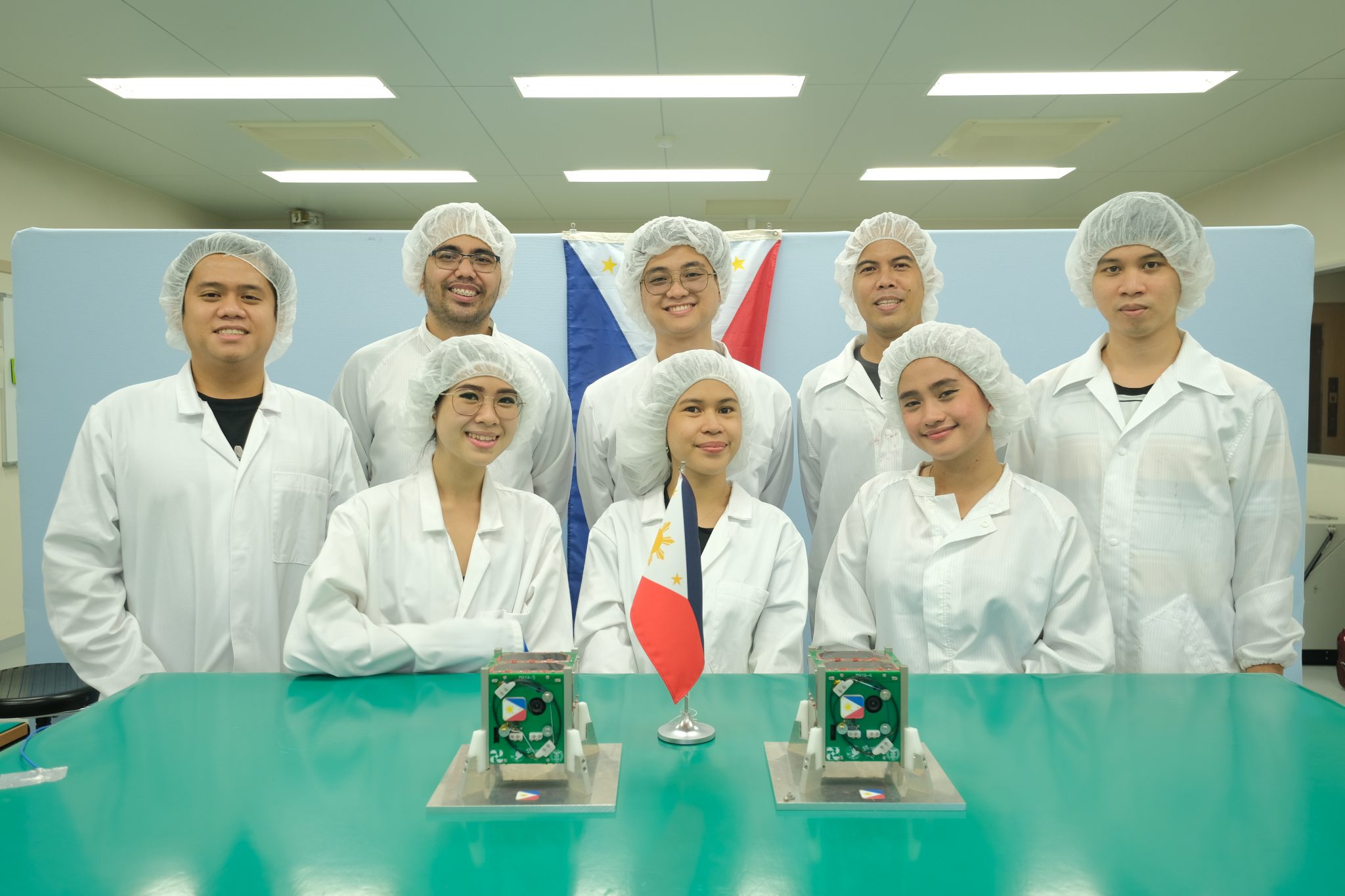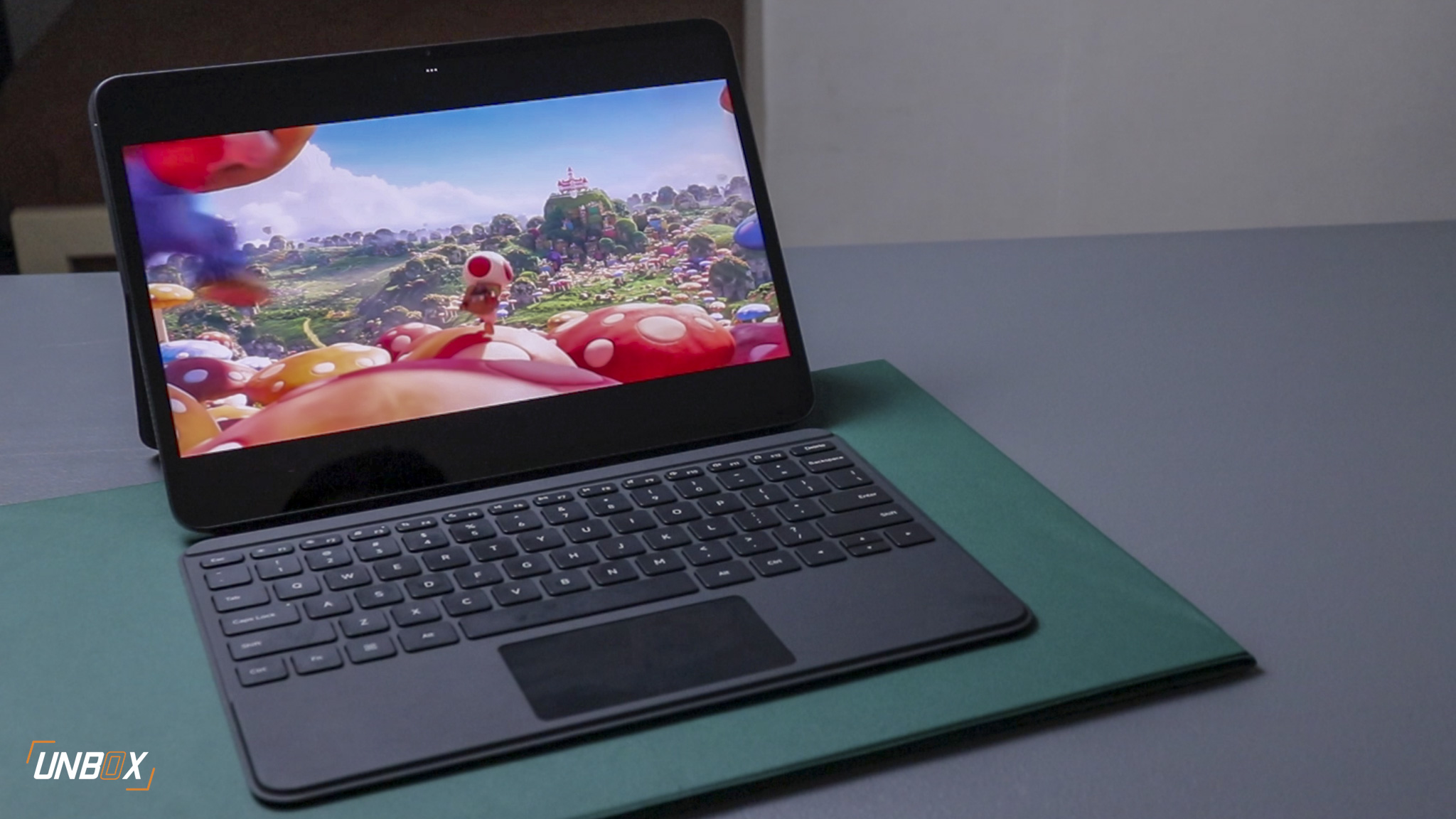The day has come, and Philippine science has just achieved another major milestone! Cube satellites made in the PH were just successfully launched toward the world-renowned International Space Station (ISS). Here’s the lowdown on all the facts you need.
The operation was successfully completed on the 5th of June, at around 11:47 PM PST. Sent into the skies were two PH cube satellites: Maya-5 and Maya-6, as part of SpaceX’s 28th commercial resupply mission. The CubeSats (Cube Satellites) are slated to move around in an orbit at an altitude of 400 kilometers above the skies. That’s approximately an identical altitude to what the ISS itself is circling our planet at.’
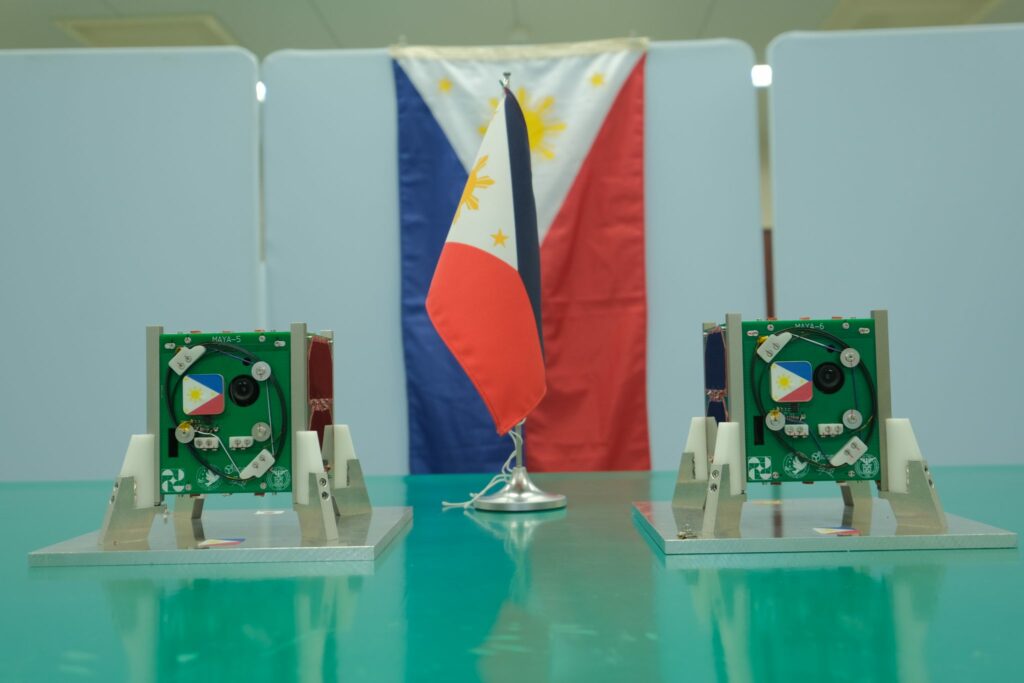
The Maya-5 and Maya-6 are compact satellites weighing in at just 1.15 kilograms apiece. They were developed and built under the UP Space Science and Technology Proliferation through University Partnerships (STEP-UP) Project, stemming from the STAMINA4Space Program. It’s a collaboration between the University of the Philippines Diliman campus (UPD) and the Department of Science and Technology (DOST) Advanced Science and Technology Institute (ASTI).
Development of these CubeSats was part of the requirements for the UP EEEI’s nanosatellite engineering track. The eight students involved are as follows: Anna Ruth Alvarez, Joseph Jonathan Co, Ronald Collamar, Angela Clarisse Chua, Chandler Timm Doloriel, Khazmir Camille Valerie Macaraeg, Genesis Remocaldo, and Gio Asher Tagabi.
These two Maya CubeSats are actually the second set of Cube Satellites built by a PH University. The first version of Maya was sent into space in 2018, with 2, 3, and 4 being launched in 2021. This has provided ample time to study and improve CubeSat technology to a certain extent.
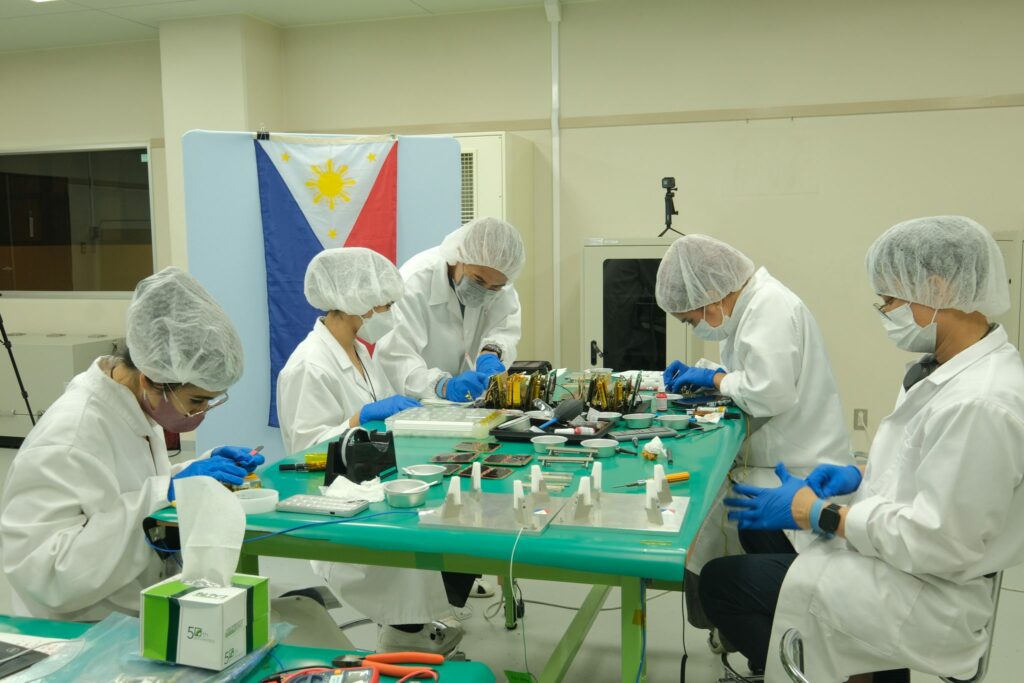
Its similarities to its predecessors lie in the main purpose for its development: to provide local opportunities to work with interplanetary technology and hands-on experience with satellite studies. It is also geared towards increased utilization of domestic capabilities by transitioning to locally available components, fabricated boards, and manufactured structural frames.
Once the Maya-5 and Maya-6 CubeSats are launched into space, they will be handled by the Philippine Universities Ground Archiving and Data Reception (PUGAD) station in UPD.
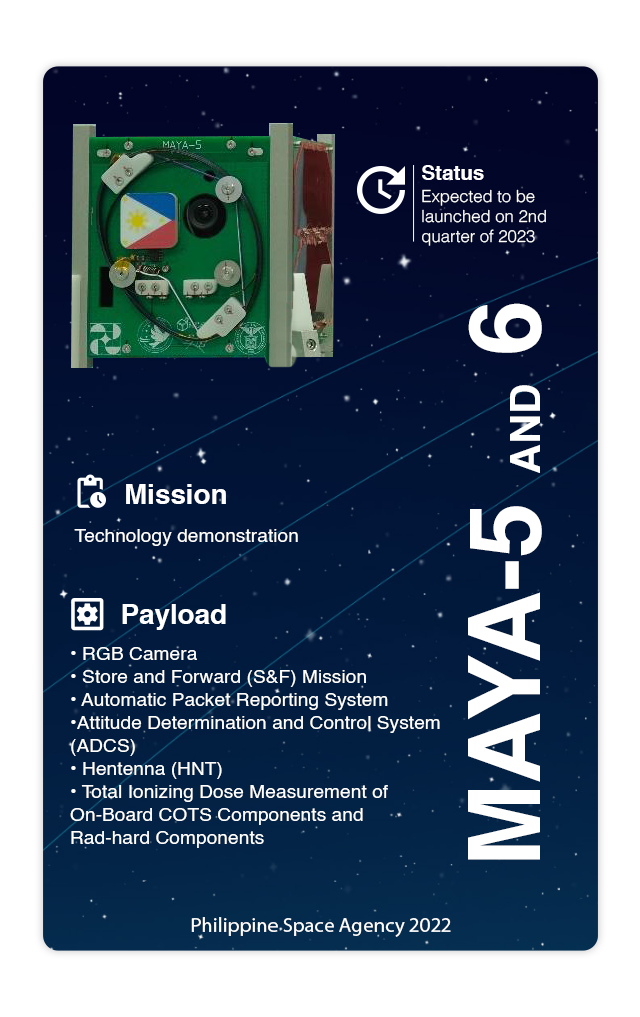
STAMINA4Space Program Leader Dr. Maricor Soriano mentioned that in order to effectively sustain such a herculean undertaking, full-on cooperation is necessary between the government, the academe, and the industry. This should result in the cultivation of a space industry boom here in the PH.
STeP-UP Project Leader Engr. Paul Jason Co added that all this would not have been possible without the assistance of the DOST-SEI as well as other related parties. As a result, there is higher likelihood to boost our homegrown space scientists and engineers.
DOST-ASTI Director Dr. Franz De Leon also reiterated that “with the experience and knowledge that our scholars, scientists, and researchers have gained, we will develop new power generation, which will bring in many more space technological breakthroughs not only to the country – but soon to the world.”
Want to ask a question or get involved? Send an email to [email protected].


